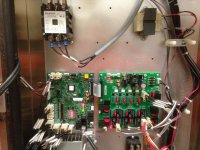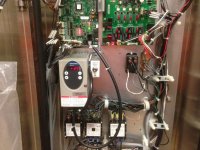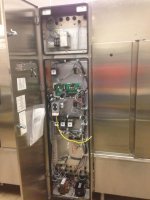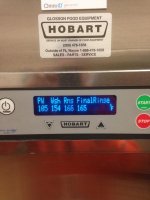newbeetoplc
Member
I need help with some timing logic. I have a conveyor system. At the beginning of the conveyor (the load end) I have a laser sensor. This sensor dose a few things in my logic. What I need help with is, when a part is place on the conveyor and it triggers the laser switch, I need a process to happen to that part at a later point in time down the conveyor system. It would be simple if it was just that one part I had to worry about but each time a part is placed on the conveyor I need the same process to happen to that part and not interfere with the parts that are already heading to the process. Dose that make sense? The conveyor moves at 8.5fpm and the point I need the process to happen to the part is ruffly 15 seconds down the conveyor. I cant use a another sensor because the environment down the conveyor is to harsh (wind, heat, flying debris, water).








